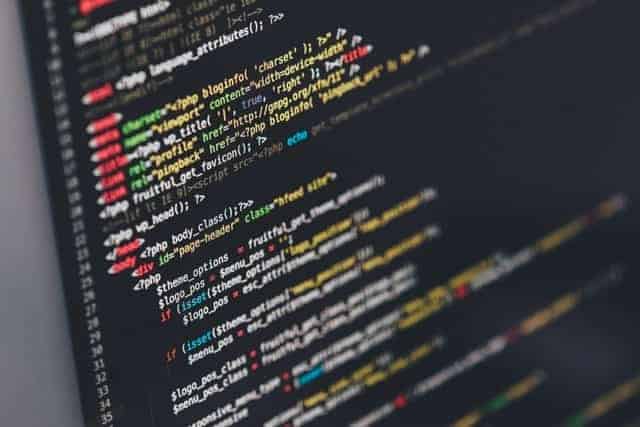The web has been responsible for some of the most significant, defining inventions of the past few decades, from world-changing technology to cats that play keyboards. A good example of the former is Bitcoin, a decentralized, ultra-secure cryptocurrency that eventually found a home in the iGaming community. The token, which was briefly worth more than gold earlier this year, traces its roots back to a mailing list active in 2008.

Crowd Computing
It’s probably fair to say that many of the more notable advances in e-commerce, as the development of PayPal and Skill, wouldn’t have been possible without the internet. For example, MrSpin, an online casino brand unique for building its slot machine games in-house, lets players make a deposit by phone bill in denominations of £3, £5, and £10. It’s a valuable alternative to debit cards for people who like to play casino games but lack access to the traditional plastic.
Crowd or distributed computing stands out as the internet’s greatest gift to the world though. Using technology like the World Community Grid, a “virtual supercomputer” consisting of the combined processing power of millions of volunteered computers, crowdsourced computing has assisted in research on the human genome, AIDS, and cancer, among other things.
Projects are free and open to everybody with access to a PC so here are just a few ways to put an idle machine to good use:
Folding@chris-mobberleyhome
Based at Stanford University, Folding@home is a computer simulation that models the way proteins acquire their three-dimensional structure. However, it’s their failure to do so that’s significant in developing diseases like Alzheimer’s and cancer. Folding@home strives to understand protein “misfolding” to assist in the development of better medicines.
Quake Catcher Network
Another distributed computing platform that started at Stanford (it’s now at CalTech), the Quake-Catcher Network (QCN), strives to do exactly what it says – detect earthquakes to provide a more efficient early warning system. The QCN is unique in requiring a mobile device with an accelerometer to function.

SETI@home
The dream of anybody who has ever worn a tinfoil hat to keep the aliens out, SETI@home is a project that hunts for radio signals from other worlds; it’s the Search for Extraterrestrial Intelligence (SETI). Sadly, despite almost twenty years of service and 668 teraflops of processing power, SETI@home hasn’t found anything yet.
DreamLab
An Australian project, DreamLab, is a mobile phone app that solves “cancer puzzles” while the device owner sleeps. With the option to choose from four different types of the disease (pancreatic, prostate, ovarian, and breast), DreamLab is a great way to give back to the world without doing very much at all.
As a final point, the wonderful thing about crowd computing is that it allows regular people to participate in projects they would otherwise be unable to. Everybody wants to hunt pulsars (Einstein@home), crack secret codes (Enigma@home), or pretend they understand theoretical mathematics (Collatz Conjecture), so crowd computing is an opportunity for people to live their dreams vicariously through their laptop or iPhone.

